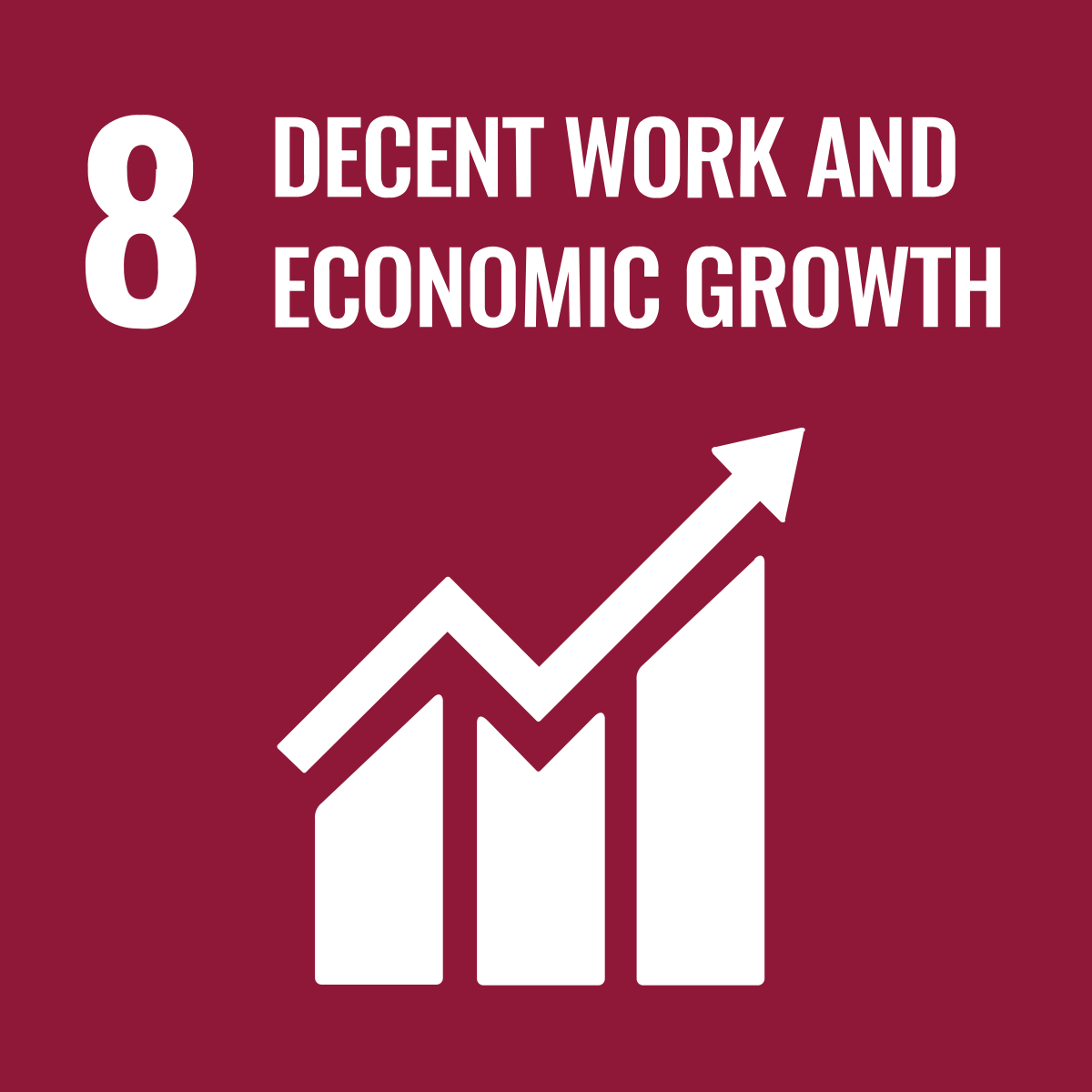Measuring the impact of some green economy indicators on carbon emissions in Indonesia (1990-2020)
DOI:
https://doi.org/10.56967/ejfb2021106Keywords:
sustainable development, carbon emissions, green economyAbstract
The research aims to shed light on the most important sectors of the green economy and their contribution to carbon emissions in Indonesia by presenting some concepts about the indicators of the green economy and agricultural sectors and their role in carbon emissions, and the importance and nature of the relationship between them, and in a presentation of the problematic of the study in light of the changes that the world is experiencing now from the depletion of resources The natural increase in the amount of emissions, the increase in population rates and the need to secure food, agriculture is one of the most important entrances to the green economy, where sustainability in agriculture is achieved through three main pillars: the first is to consider achieving economic performance or profitability by considering agricultural activity as an investment, and the second is to create And the creation of new social systems through agricultural projects, the employment and development of people participating, and the third in the environmental dimension through preserving the environment and biodiversity and reducing carbon emissions. Fixed capital in agriculture, forestry and fisheries, which led to an increase in the amount of emissions, but by a small percentage, as every 1% increase in per capita renewable energy consumption reduces carbon dioxide emissions per capita by 0.07%, while every 1% increase in per capita non-renewable energy increases Carbon dioxide emissions per capita by 0.52% in ASEAN countries, including Indonesia, and green variables (revenues of forest resources, value added for each factor in agriculture, forestry and fisheries, and consumption of renewable energy) were associated with an inverse relationship with carbon emissions in Indonesia. , that is, the increased use of these variables above reduced the percentage of carbon emissions, which achieves the hypothesis that the green economy positively affects the dimensions of sustainable development
Downloads
Downloads
Published
How to Cite
Issue
Section
License

This work is licensed under a Creative Commons Attribution 4.0 International License.
This is an Open Access article distributed under the terms of the creative commons attribution (CC BY) 4.0 international license which permits unrestricted use, distribution, and reproduction in any medium or format, and to alter, transform, or build upon the material, including for commercial use, providing the original author is credited.






